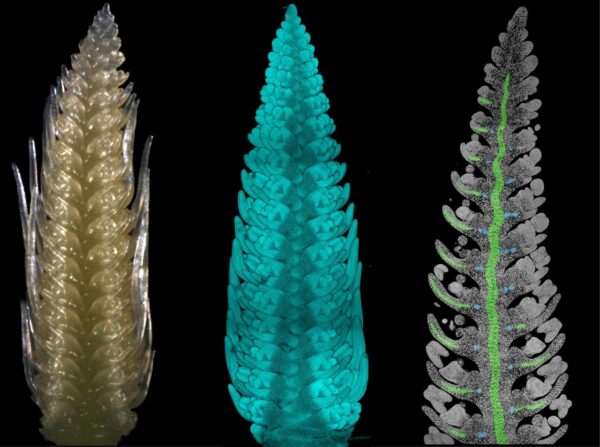
Researchers recently announced that they have discovered the genetic linkages governing the formation of flowers. The revelation solves a long-standing mystery—how are there so many different types of flowers in the world?—and shines a bright light into a dark corner…
Read More











